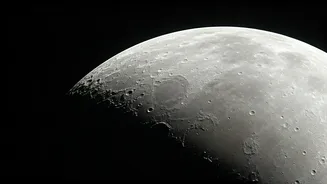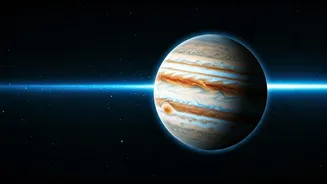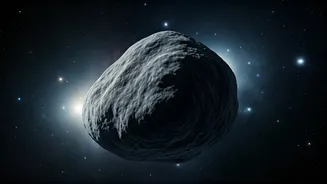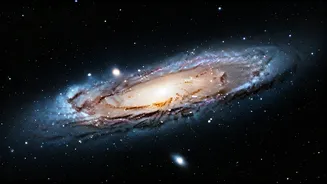Lunar Light Anomalies
For years, the Moon has been a source of fascination, serving as a silent witness to Earth's existence. But the recent appearance of sudden light flashes
and glows has added another layer of intrigue. These occurrences deviate from the typical understanding of lunar behavior, prompting immediate attention from researchers around the globe. Scientists are using advanced telescopes and other sophisticated tools to capture and analyze these events. Their initial observations have presented a series of complex data, demanding intricate analyses and careful considerations, to ultimately reach plausible explanations. The aim is to thoroughly investigate and understand the mechanisms behind this unusual behavior. The possibility of these phenomena is not only challenging scientific knowledge, but also offering exciting opportunities to expand knowledge and redefine the understanding of space.
Seeking Scientific Explanations
The scientific community is engaged in an active quest to pinpoint the origin of the observed lunar glows. Several hypotheses have been put forward, including the possibility of natural occurrences and the potential involvement of external factors. One theory proposes that these glows may be due to solar flares, as the flares' high-energy particles interact with the lunar surface. Another idea considers meteoroid impacts, which can generate brief flashes as they collide with the Moon's surface. On the other hand, the flashes can be the result of a comet or asteroid that hits the moon, and then lights up some parts. In order to confirm these theories and create accurate conclusions, scientists are closely observing various factors. These factors include the timing, intensity, and location of the glows, in addition to analyzing other data gathered during the events. This rigorous process will help in identifying the most likely scenarios.
Technological Advancements Used
The study of these unusual lunar phenomena relies heavily on sophisticated technological tools and methods. Telescopes and high-resolution cameras play a vital role in capturing these short-lived events, while advanced spectrometry can analyze the light’s spectrum to determine its composition. Researchers are integrating data from multiple sources, combining ground-based observations with satellite data and information from past lunar missions. Moreover, computational models are employed to simulate various scenarios and test different hypotheses. The development of advanced observational tools and techniques represents a crucial step in unraveling the mysteries of lunar glows, helping experts to accurately record these unusual happenings. These ongoing advancements not only enhance our ability to observe, but also contribute to a deeper understanding of the lunar environment and the forces shaping its surface.
Unanswered Questions Remain
Despite all the progress and hard work, some puzzles remain that scientists are still working on. The exact mechanism, for example, is still under investigation, and this process involves understanding how the light flashes are formed. Another important question centers around the frequency of these events. Are they occasional occurrences or more common than previously believed? Also, the possibility of other undiscovered phenomena is on the table, which could further change the landscape of the current understanding. To address these and other pressing questions, researchers are planning more detailed and comprehensive research studies. The research will include longer observation periods, improved instrumentation, and better analytical tools. This work signifies the determination of the scientific community to unravel the enigma of the lunar glows and expand the knowledge of the Moon.












